WALKING TOUR
BVNA Self-Guided Historic Walking Tour
BVNA has put together a self-guided, historic walking tour to make it easy to explore the Bella Vista neighborhood at your own pace. Each tour stop includes a summarized history, image, and corresponding location on the map. Enjoy the tour!
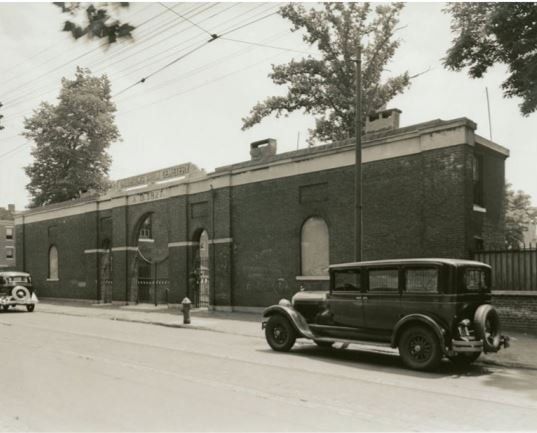
In 1826, the parcel of land which now holds the Palumbo Recreation Center was James Ronaldson’s Cemetery. James Ronaldson was a prosperous businessman and one of the founders of the Franklin Institute. He had a novel idea to open a nonsectarian cemetery in the rural area of Moyamensing Township, which is now Bella Vista. At its prime, the cemetery housed approximately 14,000 permanent residents – remarkable for the size of the property. At the turn of the century and after 75 years of success, the cemetery began to show decline. The city decided to relocate the graves to a site in Somerton (NE Philadelphia). During the relocation, several Revolutionary War Soldiers were identified and moved to the grounds at Old Swedes Church in Queen Village. The graves of those soldiers can still be visited today.
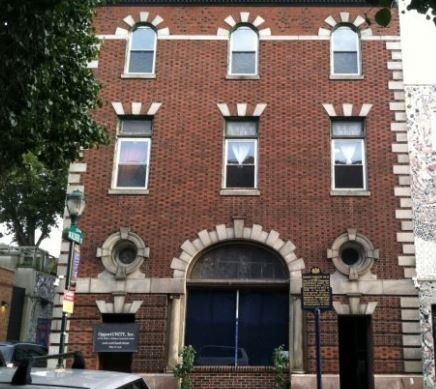
The Philadelphia Fire Department was established in 1871 to professionalize firefighting and improve the fire service for the city. The building at 1016 South Street was first used as a firehouse by a volunteer brigade in 1871. In 1902, Engine Company 11, one of the original 22 engine companies of the Philadelphia Fire Department, moved into this location. Engine Company 11 was Philadelphia’s de facto African American firehouse, hiring Isaac Jacobs as its first African American firefighter in 1886. In 1919, the Philadelphia Fire Department established an official policy of racial segregation, leading to Engine Company 11 becoming the first and only all-black company. Despite their treatment as second-class citizens and firefighters, the members of Engine Company 11 provided first-class service, risking their lives for all citizens, and for the fellow white firefighters who would not work alongside them. Engine Company 11 was relocated in 1976 to a new firehouse at 601 South Street, where it is still active today.
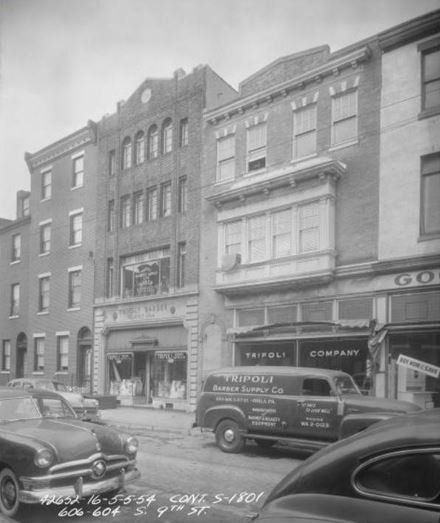
Tripoli Barber Supply Company was established by brothers Charles, Frank, and Angelo Di Puppo, who emigrated from Italy to Philadelphia at the turn of the 20th century. As they looked to expand their business, they turned to local Italian-American architect Enrico Coscia to turn the old row home in the eye-catching façade you see today. While the business ostensibly sold barber supplies, the Di Puppo brothers were also successful bootleggers, specifically for denatured alcohol which became popular during the prohibition. Over time, the company transitioned to beauty products and was closed by the 1970s.
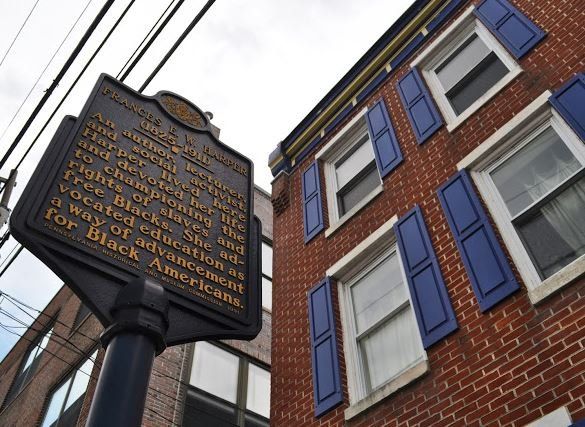
The Frances Ellen Watkins Harper house is one of the two Underground Railroad sites in Bella Vista. Known as “the mother of African-American journalism,” Frances Harper was a writer, poet, novelist, lecturer, and civil rights leader. Her first book of poems was published at age 20 in 1845, making her one of the first African-American published writers. She wrote and lectured on many topics, highlighting the struggles of the freed slaves and women’s suffrage. The home was designated a National Historic Landmark in 1976. Frances Harper lived here from 1870 until her death in 1911.
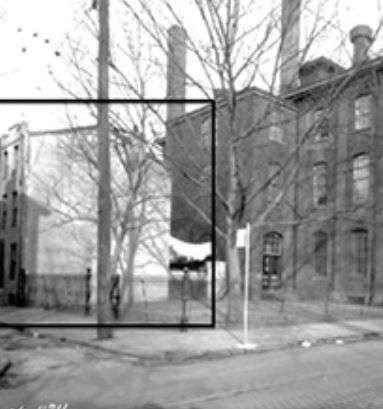
From 1850-1855, 625 South Delhi Street was the home of William Still , the prominent abolitionist and leader in the vigilance movement who has become known as the Father of the Underground Railroad, and his wife, Letitia who worked as a seamstress. In 1850, the year the Fugitive Slave Act became law, William Still became a Chairman within the Pennsylvania Anti-Slavery Society and stepped up efforts to aid fugitives from slavery. Here, he and his wife aided and sheltered hundreds of people fleeing slavery, including Harriet Tubman. Photo source: Phillyhistory.org.
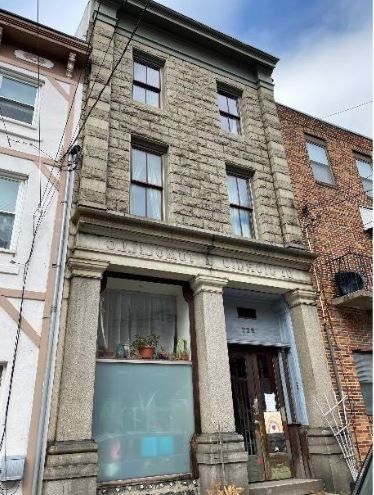
Gerlondo Tumolillo moved to Philadelphia from Abruzzi, Italy prior to the Great Depression, and purchased multiple properties in South Philadelphia, and ended up owning an entire city block of row homes near 8th & Washington. These row homes came to be known as “Tumolillo Place” and were marked with this name on the cornerstone. Tumolillo did so well with these rental properties that he accumulated enormous wealth and commissioned a three-story building to be built as his own bank at 927-929 S 8th St by architect John Flynn. The building was marked with the names “DiGiorgio & Tumolillo” on it. Many people may think that DiGiorgio was Tumolillo’s business partner; however, the true case is DiGiorgio was his partner in life and he included the name in honor of his wife’s maiden name.
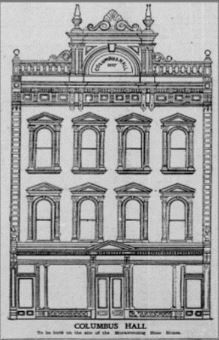
The first recorded land and building owner of this site was the Moyamensing Hose Company, a volunteer fire company organized in 1837. It was disbanded when the professional Philadelphia Fire Department was created in 1872. This was a period when the Washington Avenue Immigration Station was receiving many new arrivals from Italy. Some of these immigrants settled here in Bella Vista, which became the second-largest “Little Italy” in America, eclipsed only by New York City. In 1874, the Moyamensing Hose Company property at 746 S. 8th St. was purchased by Societa’ di Unione e Fratellanza Italiana (The Union and Italian Brotherhood Society), who renamed the building Columbus Hall. The old firehouse was demolished, replaced by the beautiful building that still stands today. For many years, it was home to several different associations that helped Italian immigrants adjust to life in the city. They provided financial aid, social gatherings, and fellowship for newcomers.
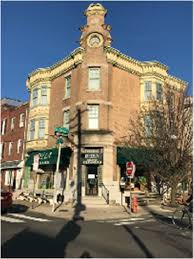
Located on what was once known as “South Philly Bankers Row”, Banca d’Bozzeli was an Italian bank constructed in 1892 that acted as conduit for local Italian immigrants in each neighborhood for sending money back to the homeland and facilitating travel for their families to join them here in America. The owner of the bank, Lorenzo Bozzelli, eventually decided to build a larger bank and to include a clock tower to attract business. The Renaissance Style addition to the bank was completed in 1903. The building was sold to the Pizza (yes Pizza) family 1943 who repurposed the store into a grocery store. The building has always been, and continues to this day, to be operated and owned by immigrants.
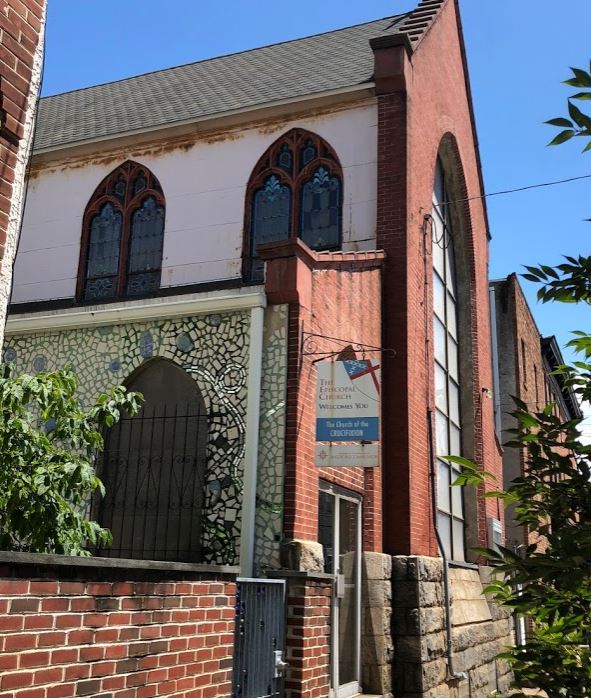
Constructed in 1884, the building was a shelter and refuge for some of the city’s poorest black residents, who often had to endure dangerous conditions on their walk to Church, including physical and verbal threats. Through the work of its renowned Pastor, Henry L Phillips, the Church was a leader of its time in offering social programs, including the creation of the first gymnasium in Philadelphia for blacks, as well as, the expansion and growth of various initiatives for the needy through its Home for the Homeless program. In fact, W.E.B du Bois, who was a member of the Church, claimed that no other church in the city was doing as much for the social betterment of Philadelphia Blacks as the Church of Crucifixion. Marian Anderson was a member of the Choir for this church and would often require a chair to stand on to see the conductor.
For more information on all of these historic sites, visit the BVNA Preservation page.
